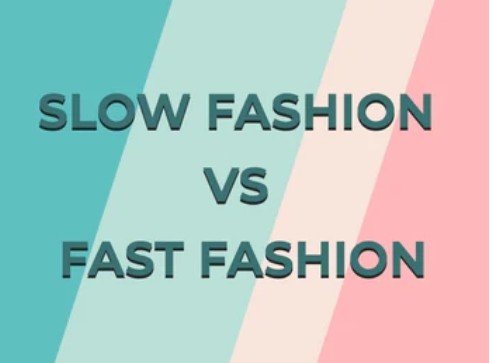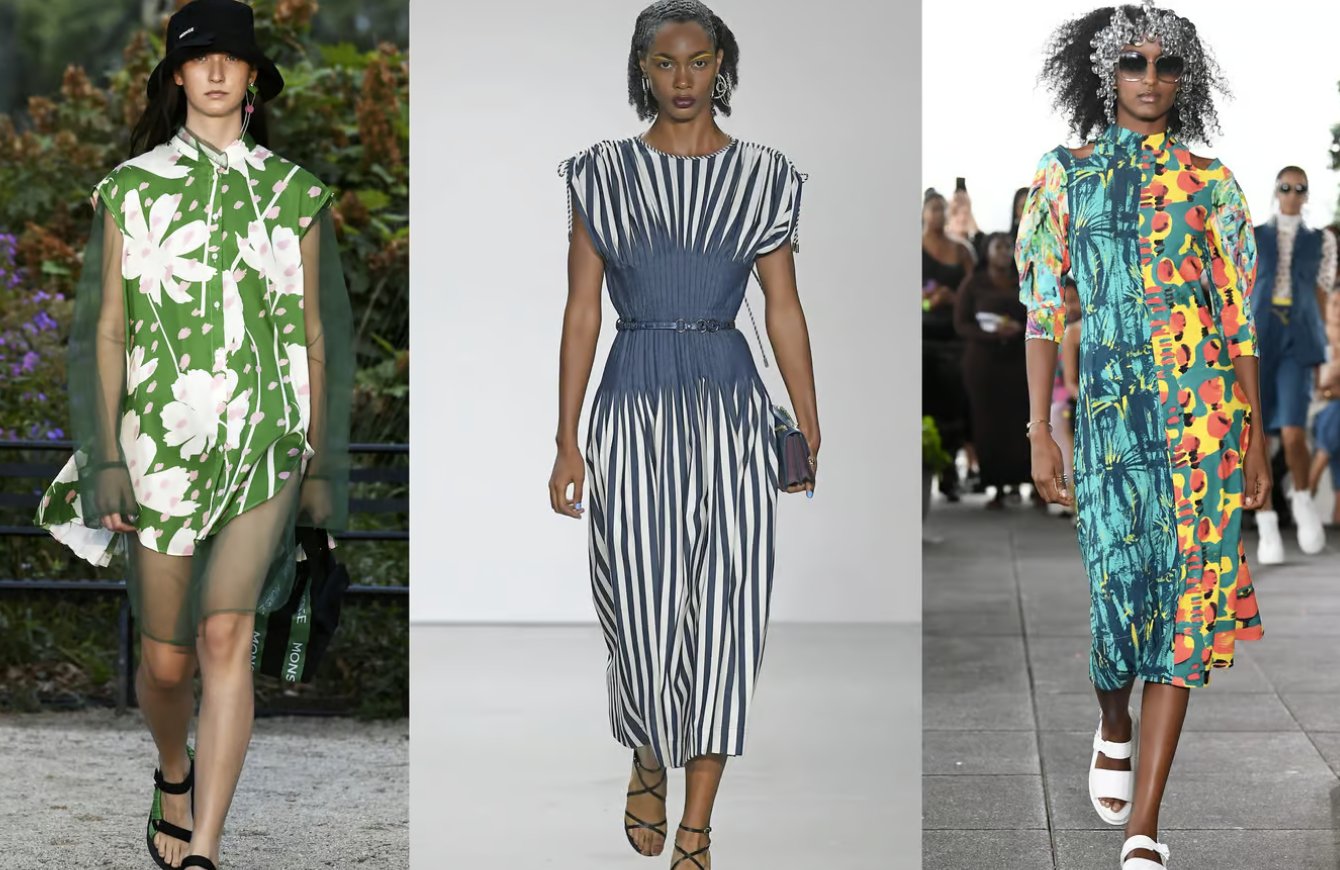
The Fashion Dilemma : Slow Vs Fast Fashion
In the dynamic world of fashion, two contrasting approaches have emerged, each with its own set of principles and implications - Slow Fashion and Fast Fashion. These two paradigms represent distinct philosophies in the industry, influencing not only the production and consumption of clothing but also the environmental and social impact of our choices.
1. Discover the Essence of Slow Fashion: Embracing Mindful and Sustainable Clothing.
Key Characteristics:
Ethical production practices
Emphasis on durability and timeless design
Transparency in the supply chain
Local and artisanal craftsmanship
2. The Allure of Fast Fashion: Fast Fashion, on the other hand, is characterized by its rapid production cycles and constant turnover of styles. It provides consumers with affordable and trendy clothing, often replicating designs from high-end fashion houses at a fraction of the cost. However, this affordability comes at a price, both for the environment and for the workers involved in the production.
Key Characteristics:
Quick production cycles
Affordable and trend-driven
Mass production and consumption
Often criticized for unethical labor practices and environmental impact
3.Environmental Impact :Fast Fashion: The rapid production and disposal of cheap clothing contribute significantly to environmental degradation. From the excessive use of water in manufacturing processes to the pollution caused by synthetic fabrics, Fast Fashion is a major contributor to the fashion industry's carbon footprint.Slow Fashion: Slow Fashion strives to minimize its environmental impact by focusing on sustainable materials, ethical production methods, and promoting longevity in clothing. This approach aims to reduce waste and promote a more circular economy.
4. Social Implications:Fast Fashion: The fast-paced nature of the industry often leads to exploitation of labor in low-wage countries. Workers may face poor working conditions, long hours, and inadequate pay, sparking concerns about human rights violations.Slow Fashion: Advocates of Slow Fashion prioritize fair wages and safe working conditions for artisans and workers. This approach values the skills of craftsmen, fostering a more ethical and humane industry.
5. Consumer Responsibility:Ultimately, the choice between Slow and Fast Fashion lies in the hands of consumers. Adopting a more mindful approach to fashion, considering the impact of our choices, and supporting sustainable brands are crucial steps towards a more ethical and environmentally conscious industry.
Conclusion:
In the ongoing debate between Slow and Fast Fashion, it's evident that each approach has its merits and drawbacks. While Fast Fashion offers accessibility and trendiness, it comes at a significant environmental and social cost. Slow Fashion, on the other hand, encourages a more responsible and sustainable relationship with clothing, promoting longevity and ethical practices. As consumers, our choices play a pivotal role in shaping the future of the fashion industry, and understanding the implications of our decisions is key to fostering positive change.



